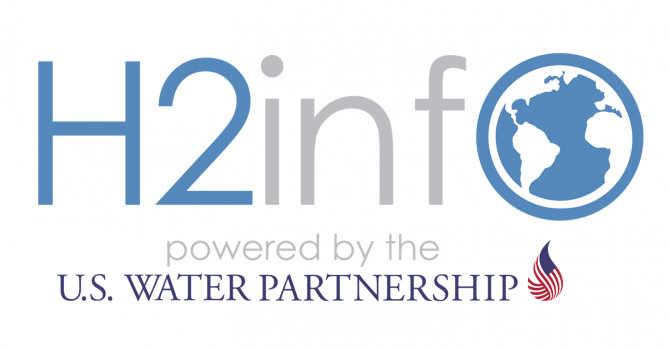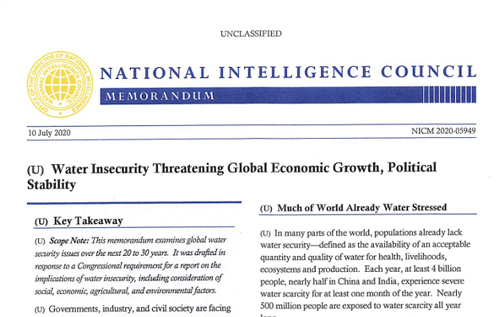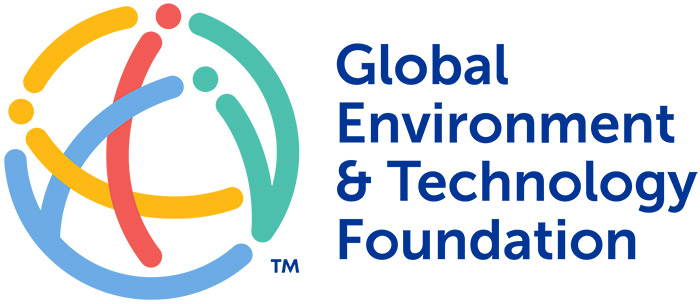
Developed by U.S. Water Partnership members, H2infO is a single-entry point for access to U.S.-based, water-related resources and decision support tools.
Developed by our partners, these initiatives address water-related challenges through decision-making tools and data.
A curated set of public events and webinar series presented by experts from our partner organizations.
Reference documents for water security stakeholders, developed in part by U.S. Water Partnership in collaboration with our member organizations.
Aqueduct’s tools use open-source, peer reviewed data to map water risks such as floods, droughts and stress. Beyond the tools, the Aqueduct team works one-on-one with companies, governments and research partners through the Aqueduct Alliance to help advance best practices in water resource management and enable sustainable growth in a water-constrained world.
The goal of these webinars is to help us, adaptation practitioners, advance our thinking about effective approaches by learning from others what has worked (or not worked). Beyond sharing examples from the water sector, these webinars will foster a multi-sectoral dialogue, sharing practical resources and tools for planning.
The Wilson Center’s Mexico Institute and Environmental Change and Security Program are partnering with the Tecnológico de Monterrey’s Centro para el Futuro de las Ciudades to convene a panel of experts who will shed light on the state of water security in the U.S.-Mexico border region and northern Mexico in particular.
To meet next generation water challenges, the United States must ramp up water investments from about $41 billion to $123 billion per year. Globally, investing in water and wastewater needs to ramp up to $6.7 trillion by 2030 and $22.6 trillion by 2050. Despite pressing needs and the availability of vast sums of capital and financial tools, we will not be able to attain such increases in investment without overcoming long-standing obstacles, most of which are related to governance and institutional arrangements.

There is a growing global water crisis that may increase disease, undermine economic growth, foster insecurity and state failure, and generally reduce the capacity of countries to advance priorities that support U.S. national interests. To address these challenges and contribute to a healthier, safer, and more prosperous world, the United States will work to support a water secure world where people have sustainable supplies of water of sufficient quantity and quality to meet human, economic, and ecosystem needs while managing risks from floods and droughts.
The adoption of the measures discussed in this paper will help ensure adequate access to water and wastewater service during the continuing COVID-19 crisis, strengthen our Nation’s economic platform, increase the health and safety of communities, make utilities more efficient and sounder financially, make America more competitive, create thousands of jobs, increase wages for American workers, and reduce the high cost of water for Americans associated with aging infrastructure.

The Center for Water Security and Cooperation has developed the American Water Access Survey (AWAS) to ensure that families have, get and keep access to water. The AWAS is a standard-setting and benchmarking tool used to identify which communities experience the greatest risk of losing access to water and to track progress in advancing equitable, permanent gains in access to water.

This memo examines global water security issues over the next 20 to 30 years. It was drafted in response to Congressional requirement for a report on the implications of water insecurity, including considerations of social, economic, agricultural, and environmental factors.
Smart management of water and freshwater ecosystems can offer a range of impactful, largely untapped solutions for mitigating carbon emissions. For example, the use, storage, distribution and treatment of water and wastewater together contribute to about 10 per cent of global greenhouse gas emissions. At the same time, climate change manifests itself primarily through changes in the water cycle. Over the last 25 years, floods, droughts and other water-related events have caused more than 90 per cent of major weather-related disasters, and the frequency and intensity of such events are expected to greatly intensify if we do not halt dangerous climate change as rapidly as possible.
A Matter of Survival – The world is facing the drama of water. Around two billion people lack access to safe drinking water. Most of them live in fragile, often violent regions of the world. In contemporary armed conflicts, water resources and installations are being increasingly attacked and used as weapons of war. Moreover, water scarcity is exacerbated in a world with a growing population facing human-induced climate change. Despite these problems, humanity will have to find ways to produce 50 percent more food and double its energy production by the middle of the century.
Drawing upon the Agency’s extensive experience with water-related programming, these resources are designed to help USAID staff and members of the development community promote knowledge-sharing both across the water sector and between various development sectors to inform and guide current and future water-related interventions.
Publishing has been a central pillar of the Water Environment Federation (WEF) since the organization’s founding in 1928, and we continue to produce a wide range of content to serve the water sector. WEF offers a variety of technical publications, including our flagship Manuals of Practice, Design of Water Resource Recovery Facilities and Operation of Water Resource Recovery Facilities. WEF also publishes training and education titles, such as the Wastewater Treatment Fundamentals series, as well as Standard Methods for the Examination of Water and Wastewater.

